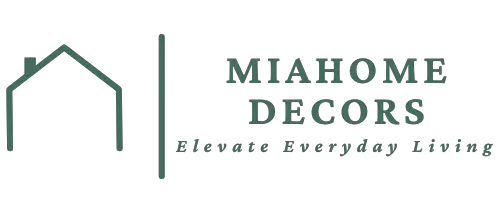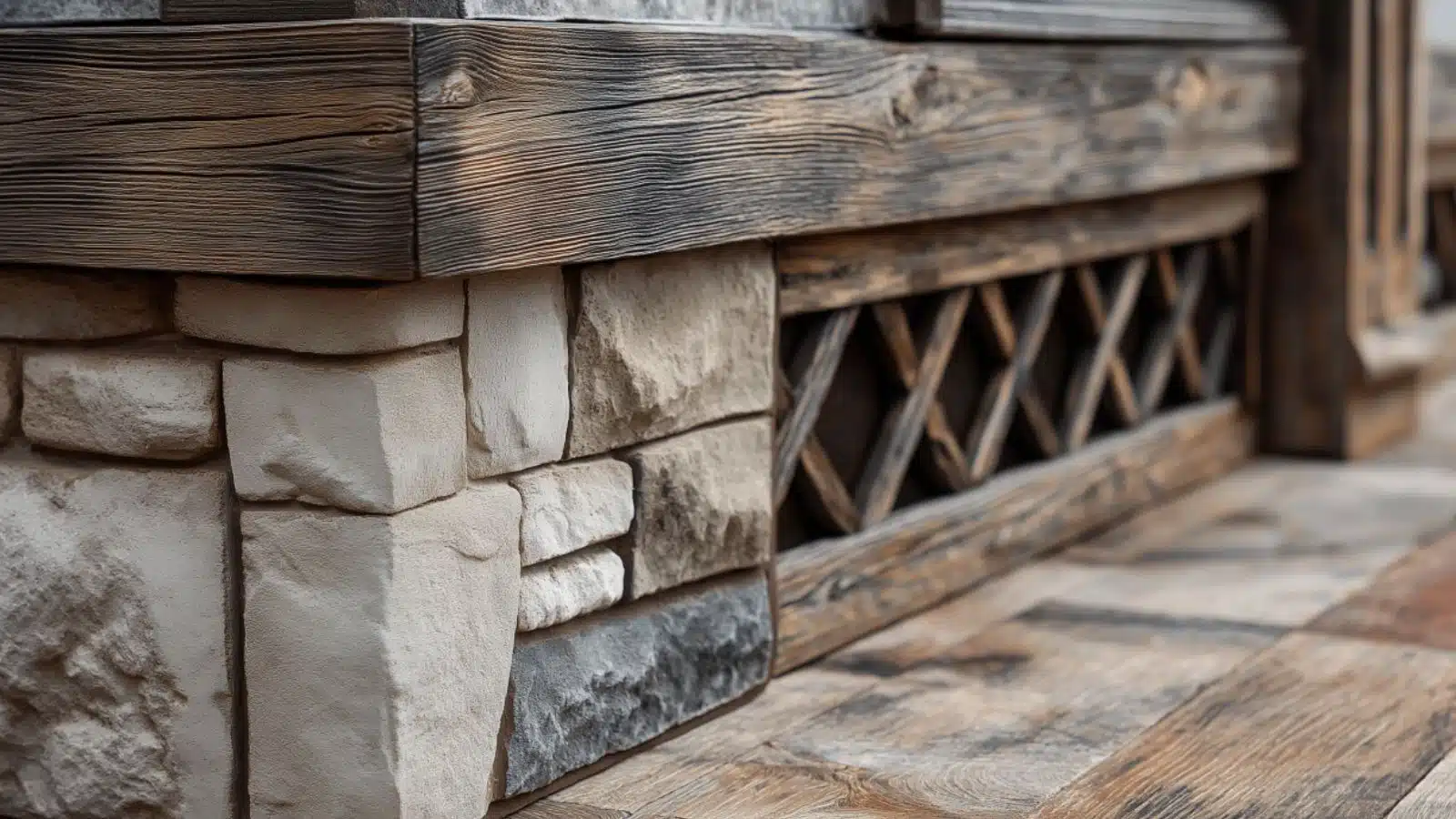DIY House Skirting Projects for a Polished Foundation and Better Curb Appeal
Table of Contents
Your home’s foundation is more than just a structural necessity—it’s an opportunity to enhance curb appeal, protect your investment, and express your personal style. While often overlooked, house skirting plays a crucial role in shielding the underside of your home from weather, pests, and wear. But beyond its practical benefits, skirting also offers visual polish that ties your exterior design together.
A well-chosen skirting project can transform a dull base into a charming architectural feature. From rustic wood paneling to sleek vinyl wraps, the options for DIY house skirting are more accessible and affordable than ever. And the best part? You don’t need to hire a contractor to make a big impact.
In this guide, we’ll explore a variety of DIY house skirting projects to help you choose the perfect solution for your home. Whether you’re aiming for modern minimalism or farmhouse charm, you’ll find project ideas, materials, step-by-step guidance, and design inspiration to fit your style and budget. If you’re ready to refresh your foundation and boost your home’s character, this is the ultimate guide to get you started.
Understanding the Purpose and Benefits of House Skirting
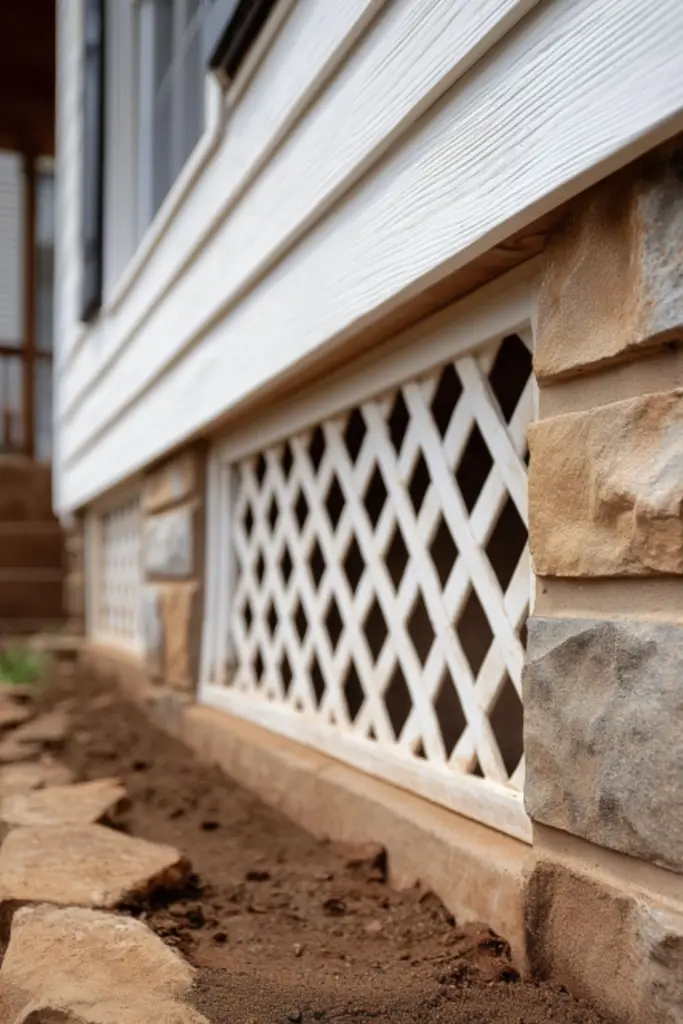
Before diving into design options, it’s important to understand what house skirting actually does—and why it matters. Skirting is the material installed around the base of a home, especially in raised or manufactured structures, to enclose the space beneath. While it’s often viewed as purely decorative, skirting serves several critical functions.
It protects plumbing, electrical wiring, and HVAC components located beneath the home from the elements. It also deters pests like rodents and insects from entering the crawl space. On the aesthetic side, skirting conceals exposed piers, cinder blocks, or structural supports that can detract from your home’s curb appeal.
Benefits of House Skirting:
| Benefit | Description |
|---|---|
| Weather protection | Shields the underside from wind, rain, and snow |
| Pest prevention | Creates a barrier against animals and insects |
| Improved insulation | Helps stabilize internal temperatures by reducing air flow underneath |
| Visual appeal | Enhances the home’s silhouette and polish |
| Storage concealment | Hides storage or utility areas under the home |
Budget-Friendly Vinyl Skirting That Looks High-End

Vinyl skirting is one of the most popular DIY options due to its affordability, low maintenance, and ease of installation. Available in a variety of textures and colors, vinyl can be made to resemble wood, stone, or brick—giving you design flexibility without the high cost of real materials.
It’s especially ideal for mobile homes or homes with a uniform crawl space height. The panels are lightweight, weather-resistant, and easy to clean, which makes them an appealing choice for beginners looking for quick results with lasting value.
Vinyl Skirting Installation Overview:
| Step | What to Do |
|---|---|
| Measure the perimeter | Record height variations and overall length |
| Choose panel style | Select color and texture to match home exterior |
| Prepare framing | Install a top-back rail and bottom front track |
| Attach panels | Snap into tracks and secure with fasteners |
| Add ventilation | Install vented panels to allow airflow |
Vinyl skirting not only hides the underside of your home but also adds a neat, clean border that defines your foundation. Choose lighter shades for a contemporary feel or darker tones to ground your design.
Rustic Wood Lattice for a Farmhouse-Inspired Finish
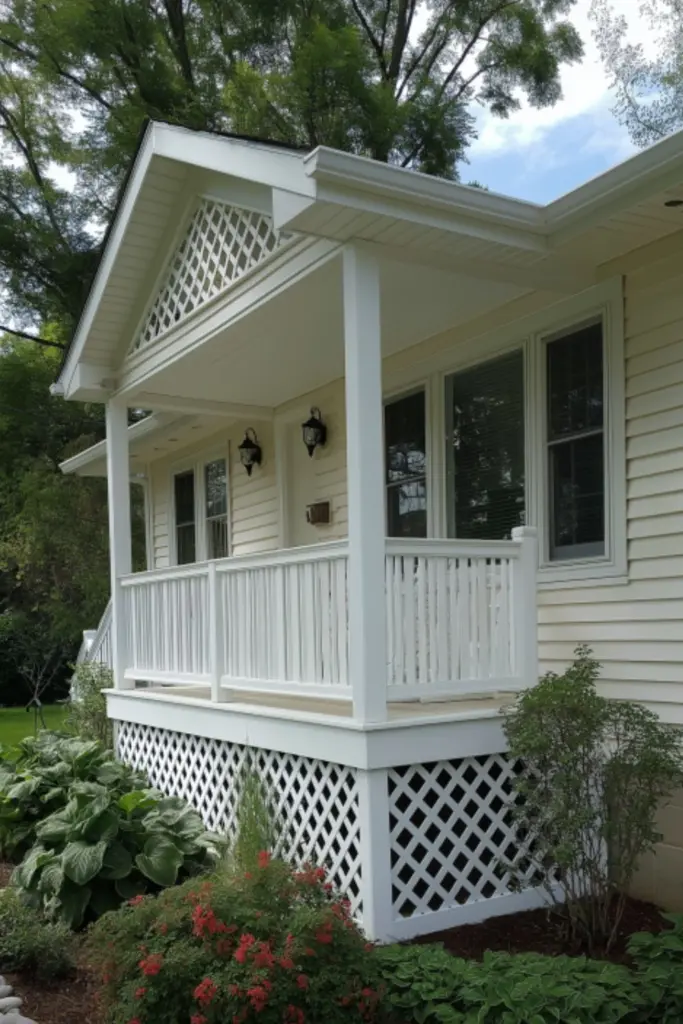
If you’re aiming for charm and warmth, wood lattice skirting might be your ideal match. Often seen in farmhouse or cottage-style homes, this option features crisscrossed wooden slats that offer ventilation and visual interest.
Wood lattice can be stained or painted to match your siding, or left natural to weather beautifully over time. It’s especially effective when paired with raised porches or deck-style foundations. Plus, it provides a DIY-friendly surface to customize with paint patterns or climbing plants.
Tips for Installing Wood Lattice Skirting:
| Step | Description |
|---|---|
| Frame your space | Use pressure-treated lumber to frame the perimeter |
| Cut panels to size | Measure carefully and account for uneven ground |
| Attach securely | Use galvanized screws to prevent rust |
| Finish as desired | Paint or stain for durability and design |
| Optional trim | Add trim boards to create a clean, framed appearance |
Keep in mind that untreated wood may be vulnerable to moisture and insects, so always use exterior-grade materials and consider sealing or staining for longevity.
Modern Concrete Panel Skirting for a Sleek Edge
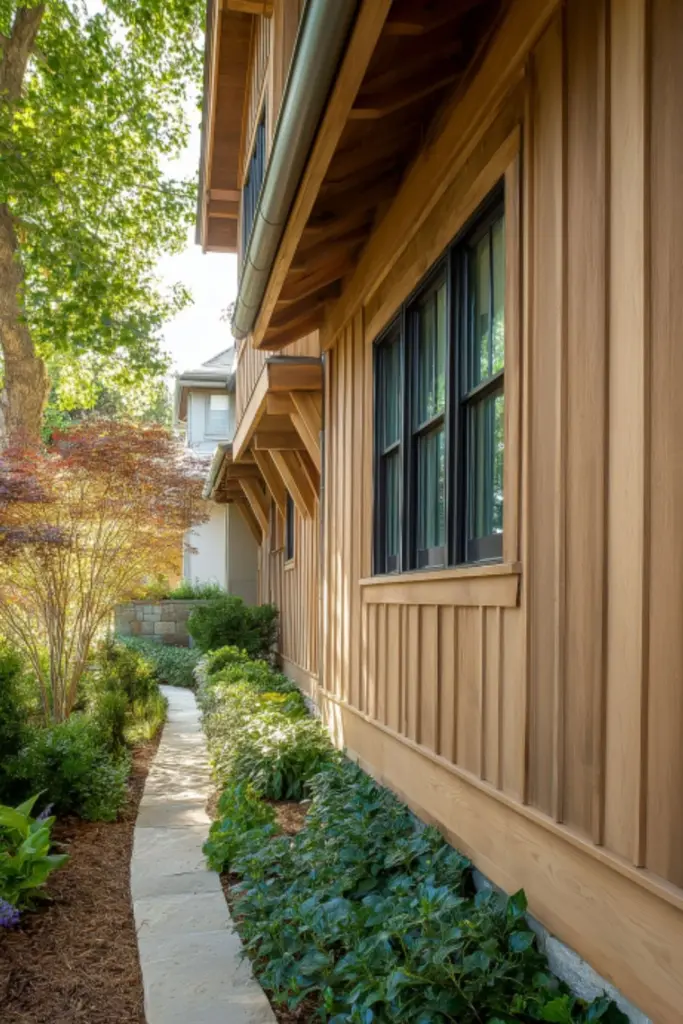
For homes with a more contemporary design aesthetic, concrete or faux concrete panel skirting offers an ultra-modern look that’s also incredibly durable. This option works especially well with mid-century modern or industrial-style exteriors.
Concrete panels can be pre-made or poured on-site, depending on your skill level and tools. Some homeowners opt for fiber cement boards that mimic the look of raw concrete but are easier to work with and lighter in weight.
Concrete Skirting Pros and Cons:
| Pros | Cons |
|---|---|
| Extremely durable | More labor-intensive to install |
| Resistant to pests and rot | Can be costly compared to vinyl |
| Modern, architectural style | Requires cutting tools and anchors |
| Fire-resistant and low-maintenance | Less ventilation unless designed in |
Use minimalist landscaping—such as gravel beds or linear hedges—to enhance the clean lines of this skirting style.
Creative Faux Stone or Brick Skirting Projects
Want the charm of natural stone or brick without the heavy lifting? Faux stone and brick panels are an ideal DIY skirting solution that gives you the best of both worlds—style and simplicity.
Made from polyurethane or composite materials, faux panels are surprisingly lightweight yet incredibly realistic. They’re molded from actual stone and brick to mimic natural textures, and they come in interlocking formats that make installation a breeze for homeowners.
Design Tips for Faux Stone Skirting:
| Consideration | Recommendation |
|---|---|
| Texture | Choose deeper relief for a more authentic look |
| Color blend | Select panels with multiple tones to mimic natural stone |
| Layout | Dry fit panels first to check pattern continuity |
| Trim and finish | Use matching corner pieces for seamless installation |
Faux stone panels elevate curb appeal and work beautifully with craftsman, traditional, or lodge-style homes. They’re also durable, weather-resistant, and require very little upkeep compared to real stone.
To enhance the overall effect, consider pairing this skirting with exterior lighting to cast soft shadows that emphasize texture. Add matching stone steps or entry columns to complete the look.
Painted Plywood Skirting for Budget-Conscious Builders
For homeowners seeking a low-cost, functional, and highly customizable option, painted plywood skirting is a go-to solution. With basic tools and paint, you can create a tailored look that adds protection and polish to your foundation without stretching your wallet.
The key to this project’s success lies in prep and paint. Exterior-grade plywood, when sealed properly, stands up well to the elements and offers a blank canvas for endless color or pattern possibilities.
Step-by-Step Guide to Painted Plywood Skirting:
| Step | Details |
|---|---|
| Choose materials | Use pressure-treated or exterior-rated plywood |
| Measure and cut | Account for height variations; leave space for ventilation |
| Prime and paint | Use weatherproof exterior paint and primer |
| Install securely | Screw into a framed perimeter; use trim for a clean finish |
| Optional stenciling | Add decorative patterns for a custom touch |
This project allows you to adapt your skirting color to your home’s siding, or to contrast with bold accent tones. If you’re feeling artistic, use stencils to paint a faux tile pattern or geometric designs.
Adding Access Doors and Vents for Functionality
Regardless of the material you choose, access doors and vents are essential components of any well-designed skirting project. These features ensure your crawl space remains ventilated, which prevents moisture buildup, mold, and mildew, while also allowing for easy maintenance access.
Access doors can be built from wood or purchased prefabricated in matching materials. Position them strategically on less visible sides of the house, but ensure they’re large enough for repair or inspection needs.
Skirting Functionality Checklist:
| Feature | Importance |
|---|---|
| Access door | Entry for plumbing or utility checks |
| Vented panels | Promotes air flow and prevents moisture buildup |
| Removable sections | Optional, for easier seasonal maintenance |
| Rodent-proof mesh | Added inside vents to deter pests |
By integrating these features into your skirting design from the start, you’ll increase the longevity and usability of your project.
Conclusion
Skirting isn’t just a finishing touch—it’s a foundational element that protects your home and enhances its character. Whether you’re working with a tight budget or aiming for a high-end designer look, DIY house skirting offers endless ways to personalize your exterior while boosting durability and charm.
From practical plywood to elegant faux stone, the right skirting project can give your home a finished, intentional look from the ground up. With thoughtful planning, quality materials, and a bit of elbow grease, your foundation can become a standout feature that’s as functional as it is beautiful.
